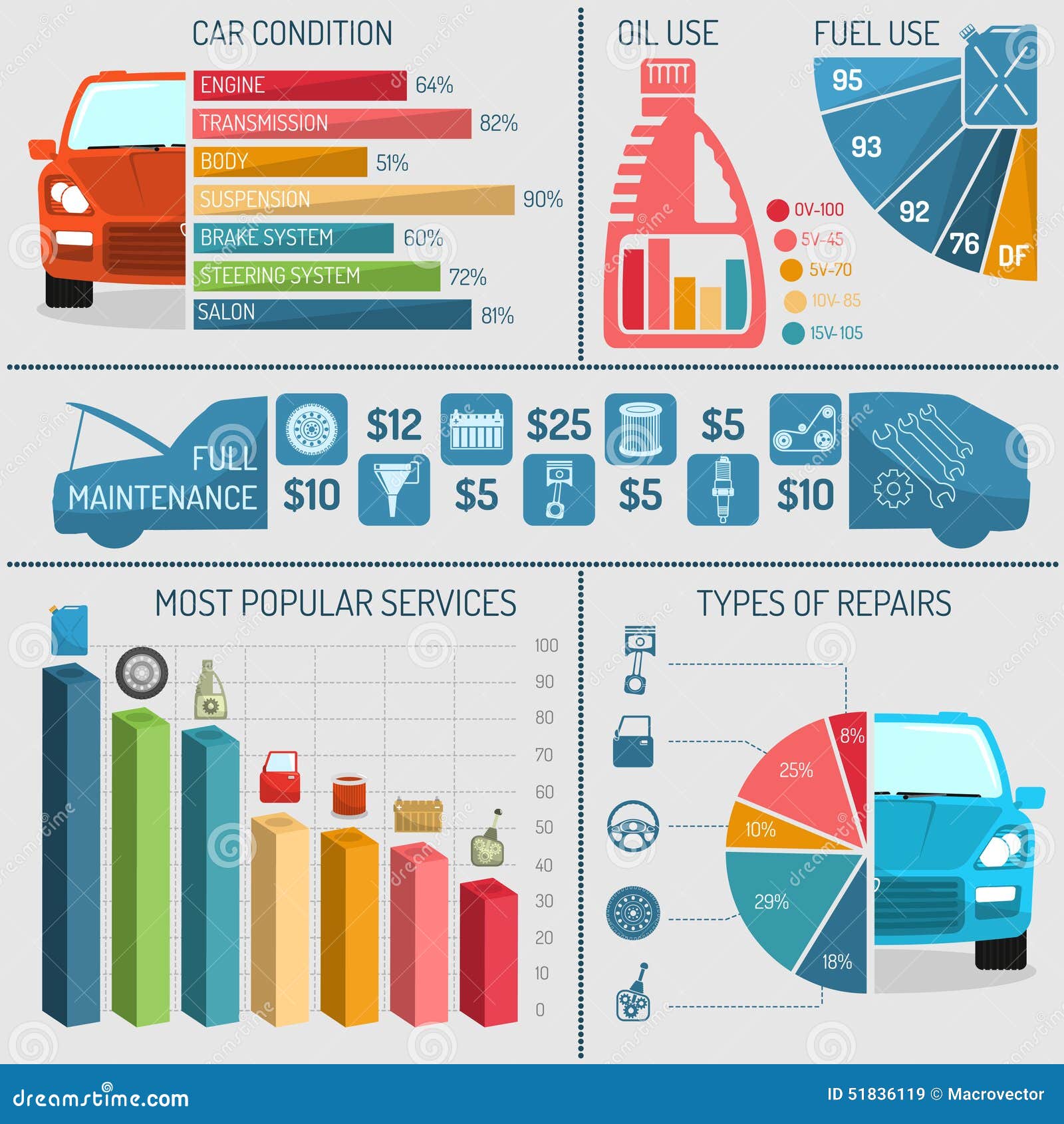Understanding Your Automobile'S Caution Lighting: What Do They Really Mean?
Understanding Your Automobile'S Caution Lighting: What Do They Really Mean?
Blog Article
Write-Up Created By-Higgins Stark
When you lag the wheel, those radiant warning lights on your control panel can be a bit perplexing. Do you recognize what they're trying to inform you regarding your cars and truck's health? Comprehending the importance of these lights is vital for your safety and the long life of your vehicle. So, the next time one of those lights turns up, would not you intend to decipher its message precisely and take the necessary steps to resolve it?
Common Caution Lights and Interpretations
Determine usual caution lights in your cars and truck and recognize their significances to make certain secure driving.
The most common caution lights include the check engine light, which signifies issues with the engine or emissions system. If this light begins, it's crucial to have your lorry inspected promptly.
The oil stress cautioning light suggests reduced oil pressure, calling for instant interest to avoid engine damage.
A flashing battery light might suggest a malfunctioning billing system, potentially leaving you stranded if not addressed.
The tire pressure monitoring system (TPMS) light signals you to low tire pressure, impacting automobile security and fuel performance. Disregarding this can lead to hazardous driving conditions.
The ABS light suggests a problem with the anti-lock stopping system, endangering your capability to quit quickly in emergency situations.
Last but not least, the coolant temperature advising light warns of engine getting too hot, which can lead to extreme damage if not dealt with promptly.
Recognizing these typical caution lights will certainly assist you deal with issues promptly and preserve safe driving conditions.
Value of Prompt Attention
Recognizing the common caution lights in your car is just the first step; the importance of quickly addressing these warnings can't be emphasized enough to guarantee your safety and security when driving.
When https://www.newsweek.com/path-forward-auto-parts-manufacturers-stores-uncertain-evs-gain-prevalence-1626877 brightens on your control panel, it's your car's way of connecting a potential concern that needs focus. Ignoring these warnings can lead to much more extreme troubles in the future, endangering your safety and potentially costing you extra in repairs.
Trigger attention to cautioning lights can avoid break downs and mishaps. For instance, a blinking check engine light might show a misfire that, if left ignored, might trigger damages to the catalytic converter. Resolving this without delay can conserve you from a pricey repair.
In a similar way, a brake system cautioning light might signal reduced brake liquid or worn brake pads, vital parts for your security when driving.
Do It Yourself Troubleshooting Tips
If you see a caution light on your control panel, there are a couple of do it yourself troubleshooting ideas you can try before looking for specialist assistance.
The primary step is to consult your vehicle's handbook to comprehend what the particular warning light indicates. In click this link now can be as easy as a loosened gas cap triggering the check engine light. Tightening up auto detail car wash might settle the issue.
Another typical concern is a reduced battery, which can set off numerous advising lights. Inspecting the battery links for rust and ensuring they're secure could deal with the problem.
If a caution light continues, you can attempt resetting it by disconnecting the automobile's battery for a few minutes and afterwards reconnecting it. Additionally, examining your automobile's fluid degrees, such as oil, coolant, and brake fluid, can aid repair alerting lights connected to these systems.
Verdict
To conclude, recognizing your cars and truck's caution lights is essential for keeping your vehicle running efficiently and securely. By without updated blog post attending to these signals and knowing what they suggest, you can prevent expensive repairs and prospective failures.
Keep in mind to consult your vehicle's manual for particular information on each alerting light and do something about it as necessary to guarantee a trouble-free driving experience.
Remain notified, remain safe when driving!
